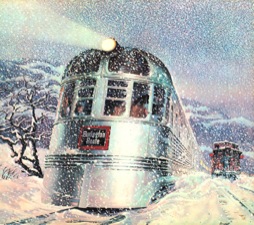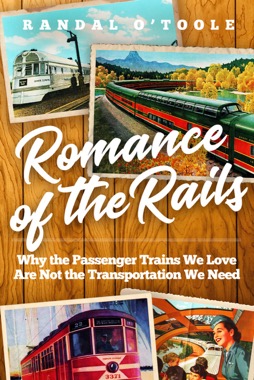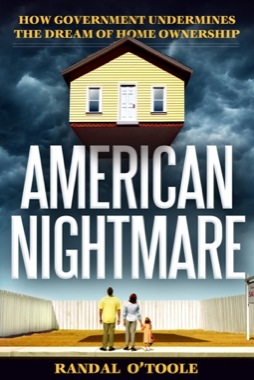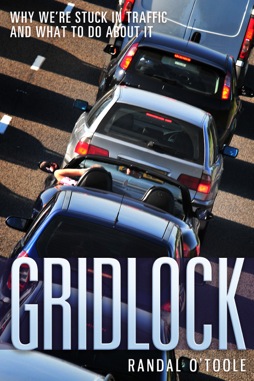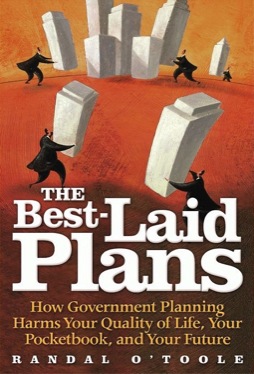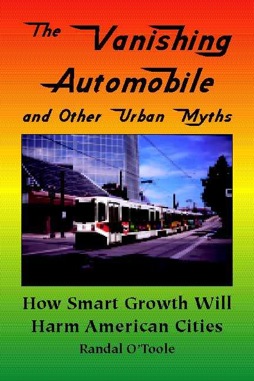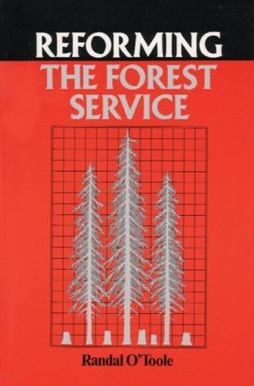Amtrak boomed, carrying 21 percent more passenger-miles in March 2025 than the same month before the pandemic. The airlines carried 5.5 percent more passengers and highways carried 2.2 percent more vehicle-miles. As expected, transit continues to lag behind, carrying only 80.9 percent as many passengers as in March of 2019. That’s still the most since the beginning of the pandemic, but it is only 0.73 percent more (relative to 2019) than in February.
Amtrak data are from March monthly performance report; airline riders from Transportation Security Administration; highway vehicle-miles from the Federal Highway Administration, and transit data are from the Federal Transit Administration.
The transit industry is increasingly desperate to get more subsidies to offset the decline in ridership and the increase in operating expenses since 2019. Flush with Congressional COVID-relief funds, agencies increased salaries and wages and continued to operate nearly as many vehicle-miles of service despite the declines in ridership. Now the relief funds are running out and agencies that previously relied heavily on fares to fund their operations are getting panicky.
A contrast can be found in the San Francisco Bay Area where BART once covered more than 70 percent of its operating costs out of fares while, at the other extreme, the Santa Clara Valley Transportation Authority (VTA) couldn’t even fund 10 percent of its operating costs out of fares. Now BART wants the state to pass a regional sales tax to support transit, but the VTA board of directors is reluctant to support it because it knows most of the money will go to BART and it would rather have any sales tax increases go exclusively to fund new VTA projects.
Meanwhile, the Mineta Transportation Institute is promoting the idea of using toll road revenues to subsidize transit. Tolls, the organization reasons, will lead some people to stop driving and ride transit instead, so transit will need some of the funds raised by tolls to carry those people.
In other words, if transit ridership declines, transit needs more subsidies to make up for lost fares, but if transit ridership increases, transit needs more subsidies to make up for increased operating costs. This is a terrible business model but a great political model: no matter what happens, transit can argue for more funding. It is disappointing that so many politicians, reporters, and other people fall for these claims.
As usual, I’ve posted an enhanced spreadsheet (21.9 MB) that includes totals by year (from 2002), mode, agency, and urban area for both ridership (UPT for unlinked passenger trips) and service (VRM for vehicle revenue miles).


